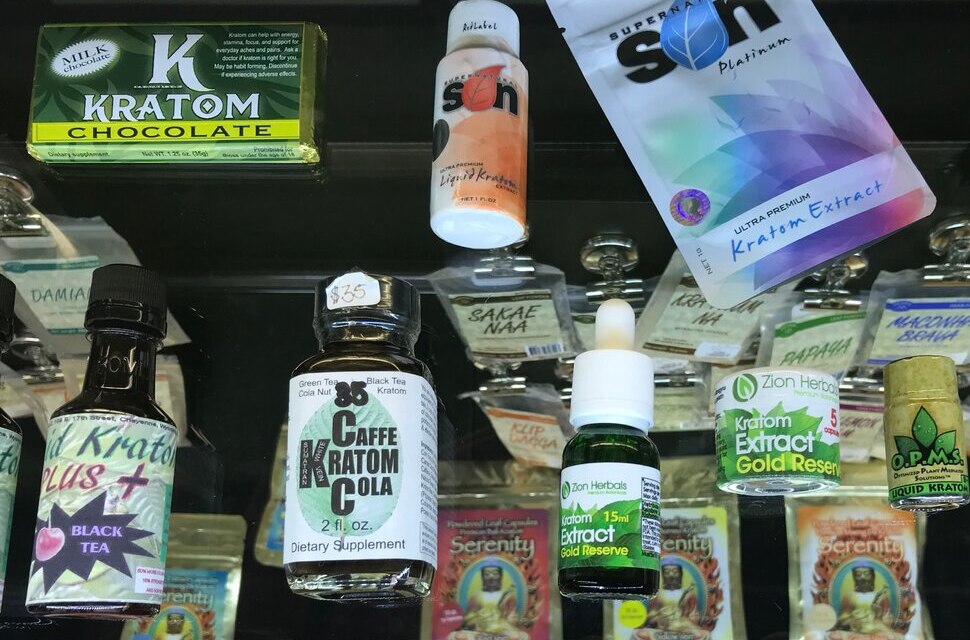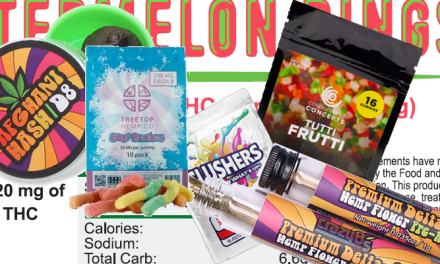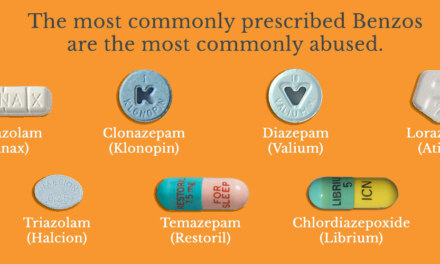You may recall that kratom first caught the media’s attention because of widespread use by residents in some of the many ‘recovery homes’ that proliferated in Florida. Folks living in these homes — most newly in recovery from various addictions– had taken to kratom use as a way to self-medicate whatever symptoms they still experienced from their longterm use of cocaine, meth, heroin, etc. They reported feeling safe with kratom, because it was a “natural” plant product, not something made in a lab. After all, they argued, people in Southeast Asia had been chewing the leaves and brewing tea from the kratom tree for centuries. What other evidence did we need that the drug was harmless?
Then came the reports of deaths, all apparently related to kratom use. We posted about one such fatality:
Since then, the conflict over kratom has only escalated. The FDA stuck by its warning against using kratom for any medical purpose. They haven’t however gone so far as to recommend its inclusion among the Controlled Substances. As a result, though kratom is banned altogether in many countries, as well as six US states and cities like San Diego, it remains legal throughout most of America.
No, that doesn’t make a lot of sense.
The companies that make and sell kratom insist that medical examiners have made a terrible mistake in holding kratom responsible for deaths that were really (they claim) the result of other drugs found during the examination. They acknowledge that the victim may have had toxic levels of kratom at the time of death, but claim that kratom alone can’t be held accountable for the fatal outcome.
This might be a good time to review kratom’s current status, from someone who has studied the substance in depth:
Nearly 2 million Americans are using kratom yearly, but it is banned in multiple states: A pharmacologist explains the controversy
By the way, kratom in the US is now a billion dollar annual business. I imagine that’s what its makers and distributors are fighting to preserve. And presumably, to expand.
The American Kratom Association– yes, there is one– offers us an opportunity to join their campaign to ensure their continued freedom from burdensome regulation. They’ve formed something called the American Kratom Protectors, described as a “…national grassroots organization that will help lead our advocacy efforts as we fight state bans, share correct information about kratom, and push passage of state and federal Kratom Consumer Protection Acts.”
Does this remind anyone else of the allegedly ‘grass roots’ organizations that arose to lobby Congress in favor of long-term opioid prescribing for chronic pain? Those turned out to be more Astroturf than grass. Still, historians agree that their success in reversing regulations played a key role in the origins of the current opioid pandemic.
Is this merely history repeating itself?













